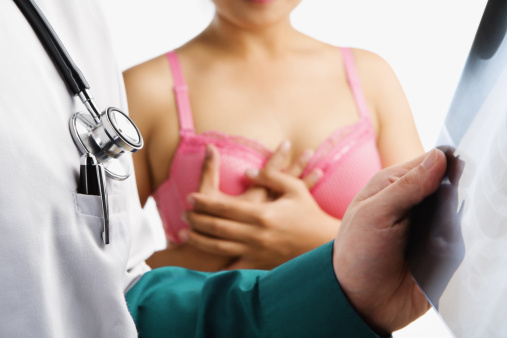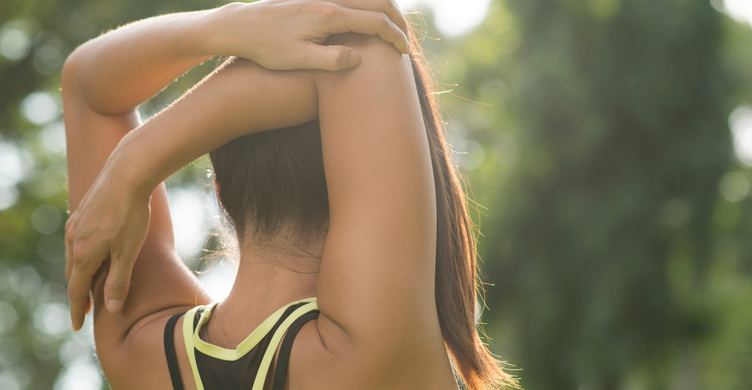How disturbing can it be for a woman to discover one day that she has a lump on her breast? This can bring out different reactions and probably unnecessary emotional strain. Even before proper laboratory tests, a woman with a lump on the breast may already entertain the frightening thoughts of having breast cancer. The prospect of having this distressing disease can render a person emotional and physical stress. She may not be able to rest and sleep well at night thinking about her condition. What if the lump is cancerous? How will she be able to cope with her situation? Will she be financially capable to pay for the required medications? What if she needs to undergo mastectomy? How will this affect her sexual life? Will this make her less of a woman? These are just very few of the endless questions women with probable breast cancer are asking.
Before throwing yourself into unnecessary mental and emotional distress, be sure to undergo viable screening tests to detect and confirm the development of breast cancer. As with any other diseases, early detection calls for a higher cure rate. There are several screening tests that can be done to detect breast cancer. These include self-breast exam, professional breast exam and mammogram.
Self-breast exam is the easiest test and everyone can do it regularly in the privacy of her own room. However, no matter how easy and manageable this test is for everyone, many women do not prefer to perform the test. The fear of finding out the presence of a lump is the most glaring reason for not practicing this essential breast cancer test. Women should understand that not all lumps are cancerous. Finding a lump in your breast doesn’t necessarily mean that you have breast cancer. This will necessitate further laboratory tests to confirm the presence of any cancerous cells. Even if the lump is cancerous, early detection will provide you higher chances of surviving the disease.
Most doctors routinely do professional breast exam during a woman’s general physical or pelvic exam. Aside from checking the breast for lumps using their fingertips, doctors will also look for any noticeable difference or changes in a woman’s breast. These include dimpling, scaling and puckered appearance of the breast skin. Furthermore, the doctor will look for any fluid leaking from the nipple.
Mammogram is the most effective method to detect breast cancer. Mammography is a low-dose breast X-ray. The smallest lump can be detected by mammogram. However, this test is not also perfect. In some cases, a lump discovered by tactile exam may not appear on a mammogram. Mammograms can also show abnormal results even when there is no cancer present. These types of test anomalies usually occur in one out of 100 mammograms.
Finally, mammogram together with a professional breast exam constitutes the most effective way to detect cancer in its earliest stages. Self-breast exam on the other hand is a good practice. This will help you check your breast regularly for any developing lumps. Any lumps discovered should need further investigation by a competent medical practitioner.




